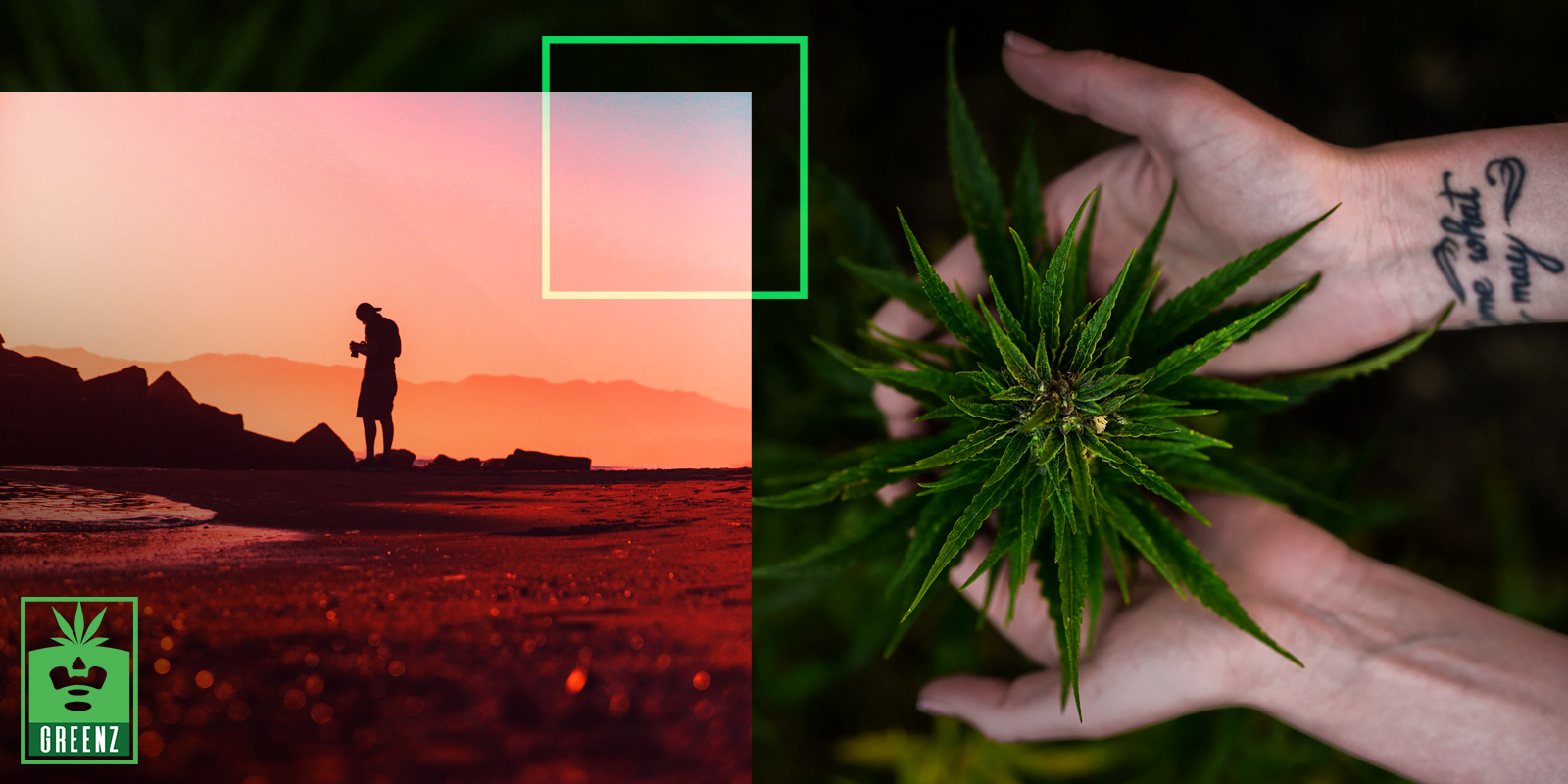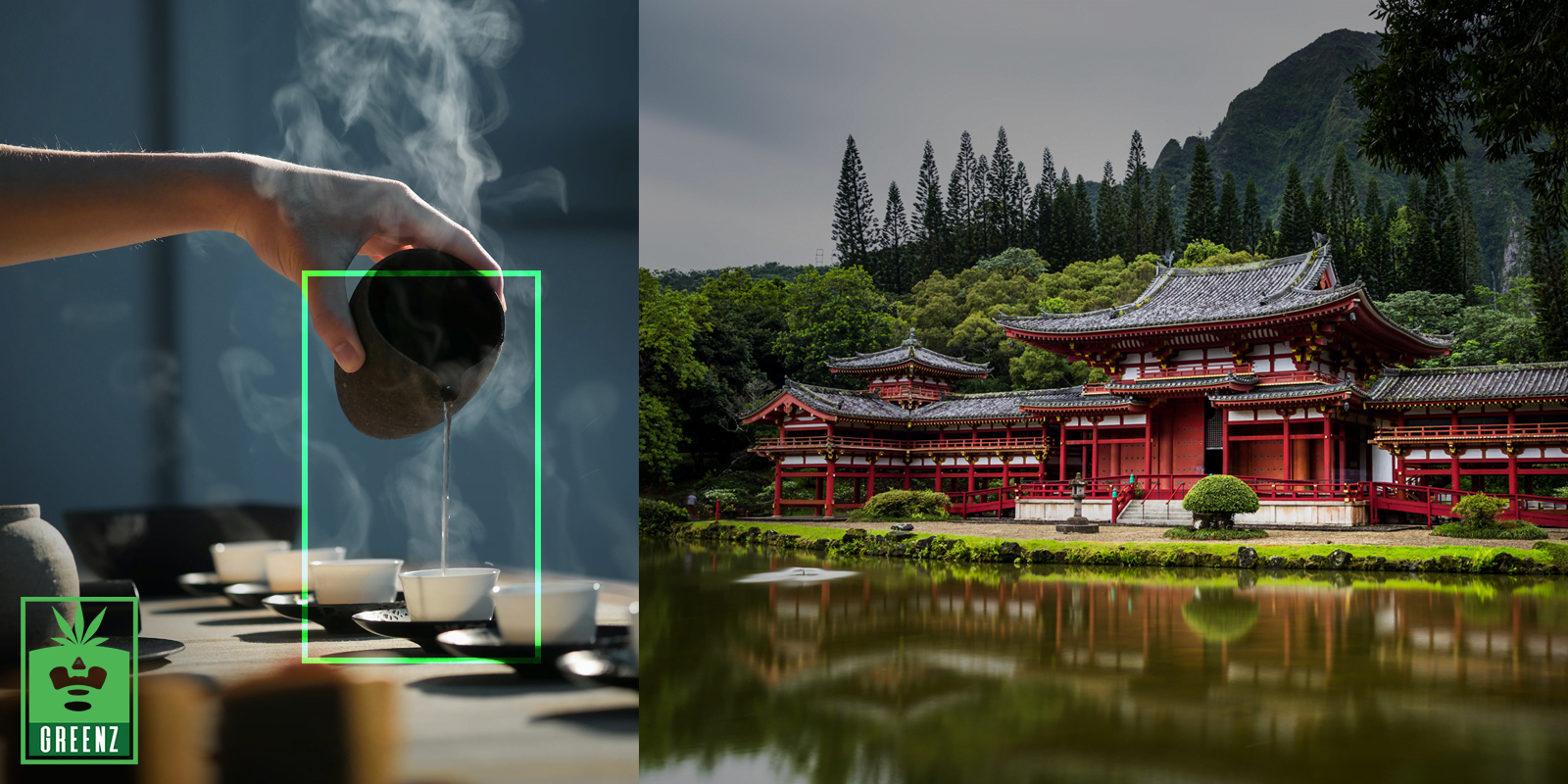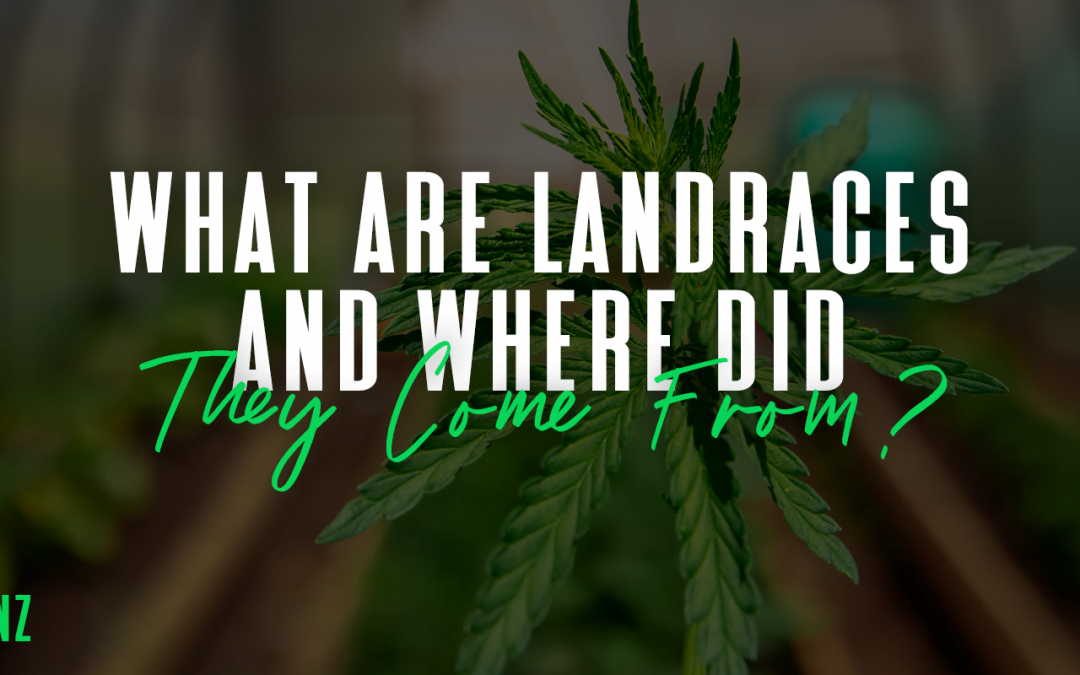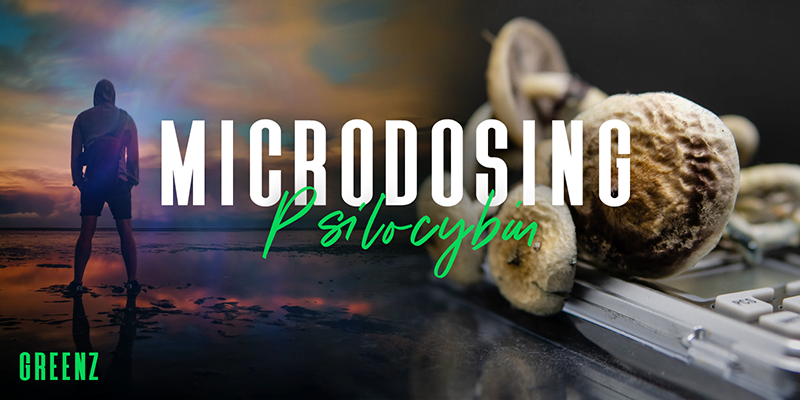There are countless individual strains of marijuana these days. That’s not an exaggeration – for every famous strain like Bubba Kush or Sour Diesel, there are a dozen that you’ve never heard of. While some experts believe there are just over a thousand strains of cannabis today, that doesn’t consider the hundreds of strains created by home growers that never achieved widespread fame. Regardless of how many strains there are in the world though, one thing is for certain. Every strain, from old classics like Purple Haze to newer favourites like Girl Scout Cookies, comes from landraces.
In biology, a landrace is any type of plant or animal that has developed naturally in the wild. While the majority of cannabis strains are the result of direct genetic modification from humans, landraces are not. Instead, landraces must develop without the direct, intentional influence of humans. Landraces aren’t specific to cannabis. Every species of plant and animal have a landrace somewhere in its genetic line. In this article, we’ll look at the history and significance of cannabis landraces.
Cannabis Landraces – Key Points:
- Develop naturally in the wild
- Crossbred to produce new strains
- Found on every continent except Antarctica
Landraces – The Background

Landraces – What Are They And Where Did They Come From?
Because the history of landraces predates civilization, information on them is fairly limited. To make things even more complicated, humans may have cultivated and bred marijuana plants before they even invented writing.
There are 16 commonly-known landraces from around the world. They come from regions like:
- Afghanistan/Pakistan: Hindu Kush, Afghani, Lashkar Gah, Mazar I Sharif
- Jamaica: Lamb’s Bread, King’s Bread
- Mexico: Acapulco Gold
- Africa: Swazi Gold, Kilimanjaro, Durban Poison, Malawi
- South and Central America: Panama Red, Colombian Gold
- Asia: Aceh, Thai, Chocolate Thai
Below, we’ll break down what we do know about the origin of landraces and their evolution.
The Origins
Humans have utilized cannabis for millennia. According to some sources, ancient Chinese emperors used cannabis-infused tea to help reduce pain and inflammation nearly 3 thousand years ago. Cannabis originated in central Asia (modern-day Mongolia and Siberia) before spreading worldwide over thousands of years.
While cannabis today commonly grows on every continent except Antarctica, that wasn’t always the case. In fact, ancient humans may have been one of the main ways that cannabis made its way around the world. About 4,000 years ago, human migration patterns spread cannabis seeds from central Asia to the southeastern part of the continent. Later, a nomadic people called the Scythians used cannabis in the Middle East a few centuries later before bringing it into the Black Sea region. From there, Germanic tribes began to cultivate the plant and spread it into Europe as they pursued the crumbling vestiges of the Roman Empire. Over the span of a few thousand years, weed hitched a ride with humans across all of Asia, Europe, and into Africa.
For centuries after ancient humans brought the plant on their migrations, the spread of cannabis was stagnant. The cycle continued as landraces continued to grow in their native areas and humans bred their own strains. That wouldn’t change until one of the most significant events in human history.
Weed first made landfall in North America in 1545, when Spanish invaders brought the plant on their conquest of the region. Prior to the Spanish (and to a lesser extent, Portuguese) invasions, marijuana didn’t grow in the New World. Instead, the people indigenous to the region utilized the effects of other plants, like tobacco. Cannabis’ introduction into the Americas was part of a greater event called the Columbian Exchange, one of the largest transfers of plants, animals, diseases, and people in the history of the world.
By that time, there was only one place left for cannabis to conquer: Australia. The British First Fleet, which set out from England to build the settlement of New South Wales, took care of that. The Fleet’s commander, Sir Joseph Banks, hoped that he could introduce cannabis and hemp as cash crops for the new settlement. By 1787, cannabis had successfully taken over the world, making itself home on all six habitable continents.
Further Developments

Landraces – What Are They And Where Did They Come From?
In the 1940s, Russian botanist N.I. Vavilov discovered evidence of humans breeding cannabis 6,000 years ago. As a result, some of the plants we believe to be landraces may actually have experienced some sort of intentional, direct human manipulation at some point in their history. This would classify them as “cultivars,” or a type of plant that only exists because of human influence.
When a cultivar somehow makes its way out of human cultivation, nature once again takes the wheel. These strains are called “escaped’ or “feral” cultivars. Feral cultivars interbreed with indigenous landraces and other feral cultivars in the wild and became subject to the same evolutionary conditions as landraces.
This means the majority of the strains we consider to be landraces are actually feral cultivars. As a result, although they’ve grown in Europe and Africa for thousands of years, they’re technically an invasive species. Feral cultivars also explain the wide array of genetic differences present in modern-day landraces.
Landraces Today
During the 1960s and 1970s, cannabis biodiversity experienced a massive explosion. Breeders from countries like the US and the Netherlands travelled the world to acquire landrace genetics and use them to create their own strains. Many travelled from central Asia to Europe via the “Hippie Trail,” an unofficial trade route from the region around Pakistan and Afghanistan. Others secured landraces from South America and Africa.
Humans are still rapidly spreading the cannabis genome today, as they have for thousands of years. However, one unintended consequence of this rapid spread is the slow dismantling of landrace genetics. As newer cannabis strains develop and escape into the wild, they breed with landraces and change the plant’s genetic blend. As a result, landraces are becoming rarer and rarer in the world today. While this may seem like a bad thing – after all, we’re losing the most natural cannabis strains in the world – it’s actually a continuation of the cycle humans and marijuana started thousands of years ago.




